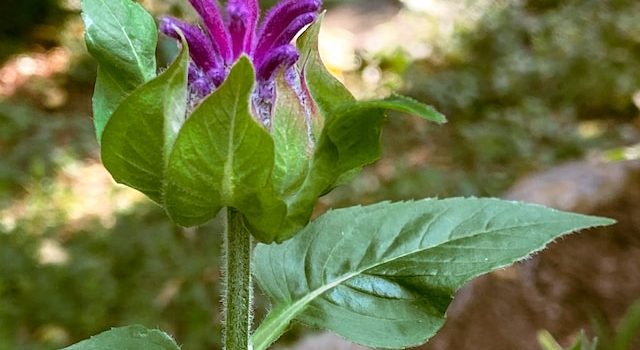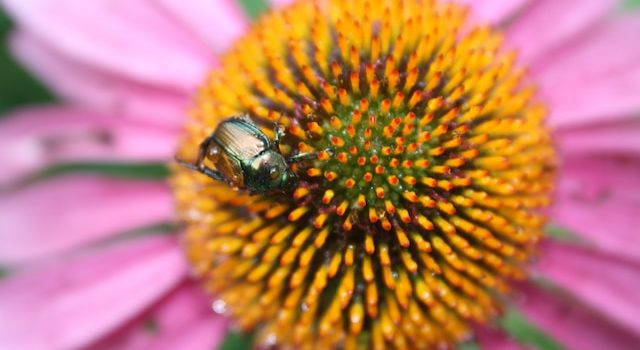
Introduction:
Growing your own food is not only a rewarding experience but also a great way to ensure that you have access to fresh and nutritious produce. By planting and harvesting your own edible plants, you have control over the entire process, from seed to plate. In this article, we will explore the steps involved in growing and harvesting the most nutritious edible plants.
1. Choosing the Right Seeds:
The first step in growing nutritious edible plants is to choose the right seeds. Look for seeds that are labeled as organic or heirloom, as these tend to have higher nutritional value. Additionally, consider the specific nutritional needs of your diet and select seeds accordingly. For example, if you are looking to grow plants rich in vitamins A and C, consider planting kale or spinach.
2. Preparing the Soil:
Healthy soil is the foundation for growing nutrient-rich plants. Start by testing the pH level of your soil to ensure it is suitable for the plants you want to grow. Most edible plants prefer a slightly acidic to neutral pH. If necessary, amend the soil by adding organic matter such as compost or well-rotted manure to improve its fertility and structure.
3. Planting and Watering:
Follow the instructions on the seed packet for the recommended planting depth and spacing. Plant the seeds or seedlings in well-prepared soil, ensuring they have enough space to grow. Water the plants regularly, keeping the soil moist but not waterlogged. Different plants have different water requirements, so it’s important to research the specific needs of the plants you are growing.
4. Providing Adequate Sunlight:
Most edible plants require at least 6-8 hours of direct sunlight per day to thrive. Choose a location in your garden that receives ample sunlight and avoid planting in shaded areas. If you have limited space or live in an area with insufficient sunlight, consider growing plants that tolerate partial shade, such as lettuce or herbs.
5. Fertilizing and Mulching:
To ensure optimal growth and nutrition, it’s important to provide your plants with the necessary nutrients. Organic fertilizers, such as compost or fish emulsion, can be applied during the growing season to replenish the soil. Additionally, mulching around the plants helps retain moisture, suppress weeds, and provide a steady supply of organic matter as it breaks down.
6. Pest and Disease Management:
Protecting your plants from pests and diseases is crucial for a successful harvest. Regularly inspect your plants for signs of pests or diseases, such as chewed leaves or discoloration. Use organic pest control methods, such as handpicking pests or using natural insecticides, to minimize damage. Proper spacing between plants and good airflow can also help prevent the spread of diseases.
7. Harvesting and Storage:
Once your plants have reached maturity, it’s time to harvest them. Different plants have different harvesting methods, so refer to specific guidelines for each plant. Harvest leafy greens when they are young and tender, and root vegetables when they have reached the desired size. Store harvested produce properly to maintain its nutritional value. Some vegetables, like carrots and beets, can be stored in a cool, dark place, while others, like lettuce, are best consumed fresh.
Conclusion:
Growing and harvesting your own nutritious edible plants is a fulfilling and sustainable way to ensure a healthy food supply. By following the steps outlined in this article, you can enjoy the benefits of fresh, nutrient-rich produce straight from your garden to your plate. Remember to choose the right seeds, prepare the soil, provide adequate sunlight and water, manage pests and diseases, and harvest and store your crops properly. Happy gardening!

















